How to Make a Roux
This post may contain affiliate links. Please read my disclosure policy.
Roux is an essential thickener in sauces, soups, and casseroles. Watch our video in the recipe card to learn how to make a roux and don’t forget to save the recipe too!
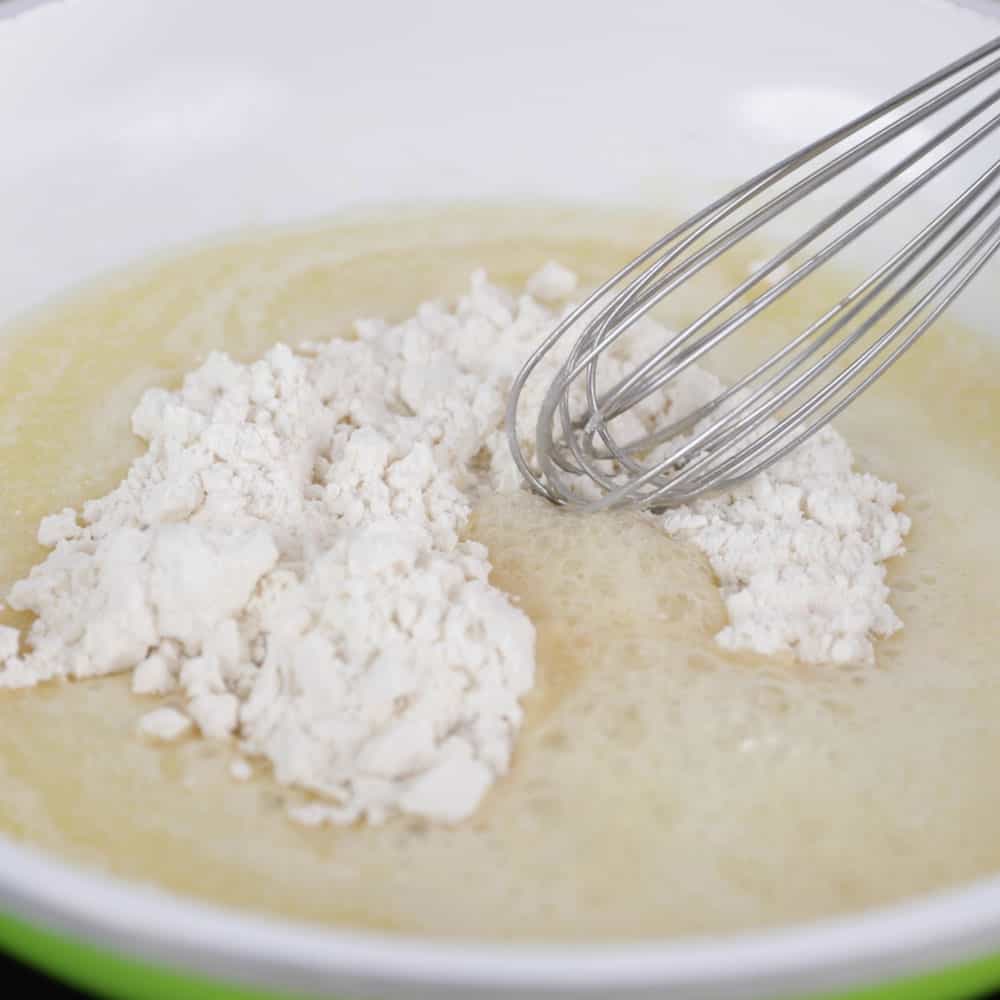
Roux (pronounced RU) is made by cooking a mixture of equal parts flour and fat, typically butter. It is the thickening agent for three of the mother sauces of classical French cooking: sauce béchamel, sauce velouté and sauce espagnole.
I use it all the time to add extra richness, and it’s also the thickener for many soups and sauces.
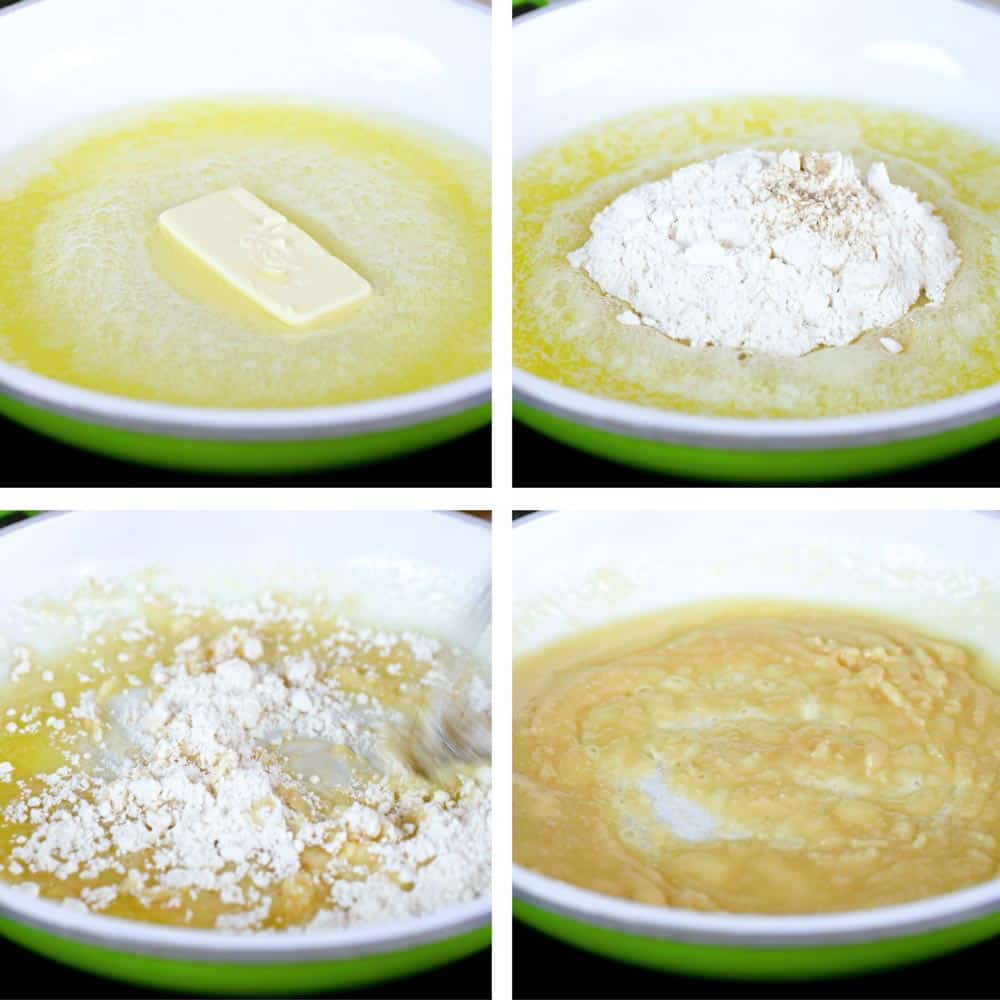
Video: How to make a roux
Scroll down to the recipe card to watch the video on how to make this amazing thickening agent It’s really simple!
Types of Roux
There are several different types or stages of cooking roux. The color is based on how long the flour and fat are cooked.
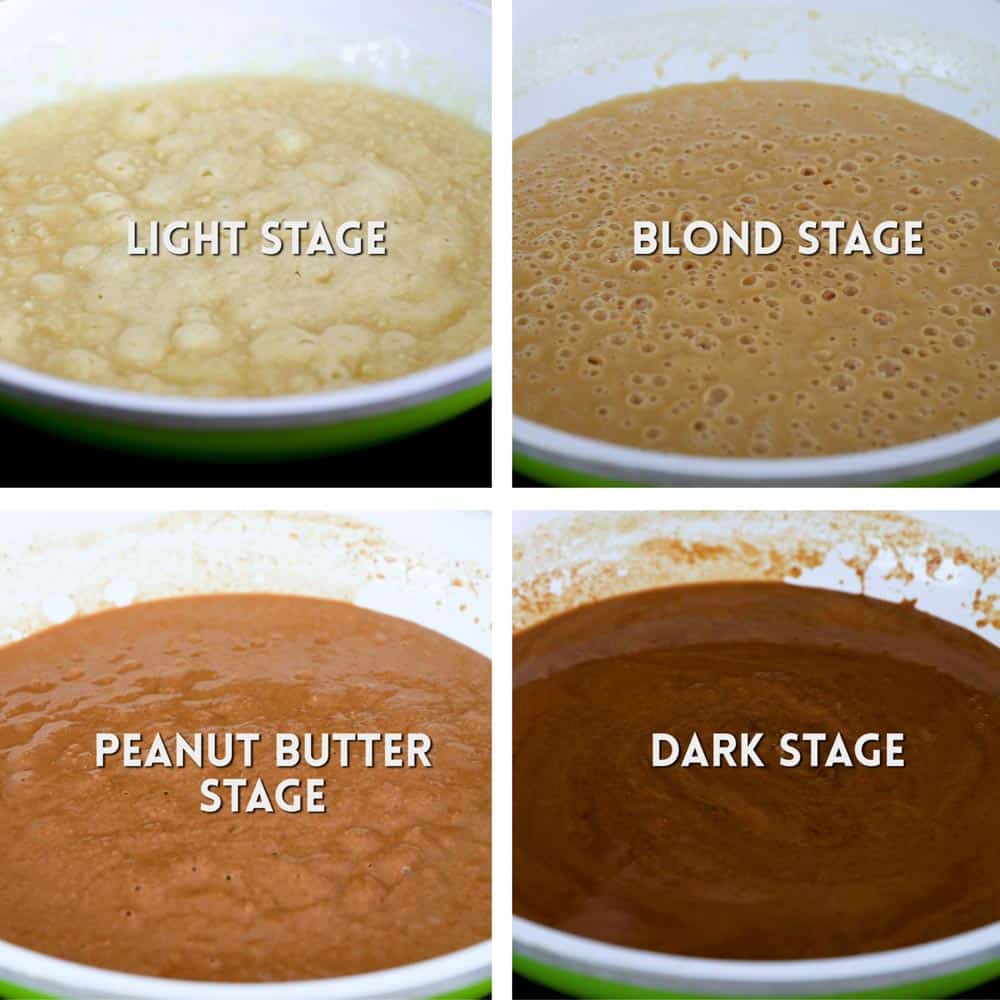
- White:
This is the lightest. White roux should be slightly puffed after just 1 to 2 minutes of cooking. It it used to make sauces like sausage gravy or a bechamel sauce, and it’s the perfect thickener for homemade mac and cheese. - Blond:
A blond color roux has a puffy looking appearance as well. It requires cooking for 3 minutes and is used to make lighter sauces like velouté or the gravy for Salisbury steak. - Light Brown:
At this stage, it will be very thick and have a color similar to peanut butter. It is perfect for making gravy, and it should reach this level after 5 to 6 minutes of cook time. - Dark Brown:
This deep dark brown thickener is almost black in color. It is great for making Cajun and Creole dishes like shrimp etouffee.
Because of the long cook time of 7 to 8 minutes, it is best to use a high smoke point oil, clarified butter, or ghee instead of traditional butter. This is because regular butter is likely to burn.
Good choices for oil are canola, vegetable, or avocado oil. I also sometimes use shortening, or the incredible “liquid gold” that is bacon fat. As a result, you will have plenty of extra flavor there!
Keep in mind that the longer you cook a roux, the more flavor it will have, but the less thickening power it will have.
Q&A
To prevent lumps, the rule is to always whisk a cold liquid (milk, chicken stock, wine, etc.) into the hot roux. It is also important to add the liquid slowly!
If using it cold, straight from the refrigerator, whisk it into a hot liquid (chicken, beef or vegetable stocks).
Store it in an airtight container in the refrigerator for up to 6 months. If you make a small batch and plan to use it up within 2 days, it can be kept in a covered container at room temperature.
Lumps are more likely to form if both the roux and the liquid are the same temperature. Lumps do not make for a smooth sauce!
How to use roux to make gravy
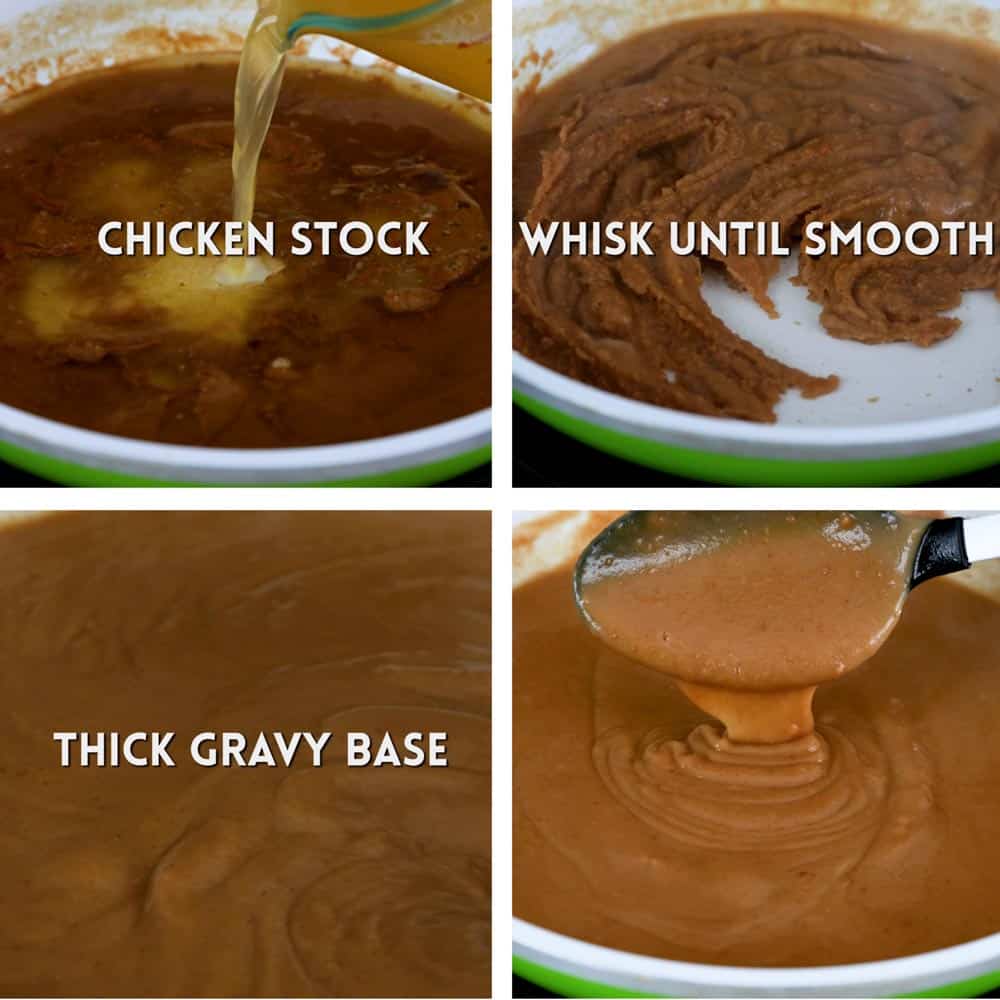
This post, originally published on Kevin is Cooking Feb. 10, 2013, was last updated with new content on Sept. 24, 2021.
Subscribe to my Newsletter, follow me on Facebook, Pinterest, Instagram and YouTube for all my latest recipes and videos.
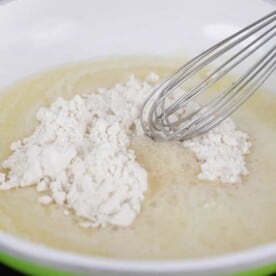
How to Make a Roux + Video
Ingredients
- 1/4 cup butter (or oil, fat drippings)
- 1/4 cup all purpose flour
- 1/8 tsp salt
- dash of white pepper
Instructions
- In a medium sauce pan melt equal parts butter and then the flour.
- Whisk the flour and butter together and allow to simmer on low to cook the flour.
- 1-2 minutes: The lightest (white color) roux will be slightly puffed. It can be used in white sauces like pepper sausage gravy or bechamel sauce. 3 minutes: The light (blond color) roux will be slightly puffed. It can be used in sauces like velouté (chicken stock plus roux). 5-6 minutes: A light brown (peanut butter color) roux is perfect for savory sauces or gravies. 10 minutes: Dark (brown color) roux is great for Creole and Cajun recipes.
- Add liquids like chicken of beef stock, milk or wine a little at a time while whisking until smooth after each addition. Add remaining seasonings in recipe and simmer a couple of minutes more.
Video
Notes
- The roux is the base thickener for any sauce, gravy or soup. Adding 3-4 cups of stock or other liquid will yield a medium consistency when whisked in. Adapt to your liking of more or less. I prefer thicker, which means less stock and add more as you go. You can’t go back once it’s thinned, BUT you can make more roux and whisk it in to thicken again.
- The longer a roux cooks, the less thickening power it has.
- If you want a dark roux for a Cajun or Creole dish use a canola or vegetable oil because it has a higher smoke point than butter and will prevent the mixture from burning. I also use shortening or the incredible “liquid gold” that is bacon fat, extra flavor there!
-
How to Avoid Lumps
- To prevent lumps when adding liquids to a roux, the rule is to always add a cold liquid (milk, chicken stock, wine, etc.) to hot roux.
- If using a cold roux straight from the refrigerator, whisk it into hot liquids (chicken, beef or vegetable stocks).
Nutrition
The information shown is an estimate provided by an online nutrition calculator. It should not be considered a substitute for a professional nutritionist’s advice.
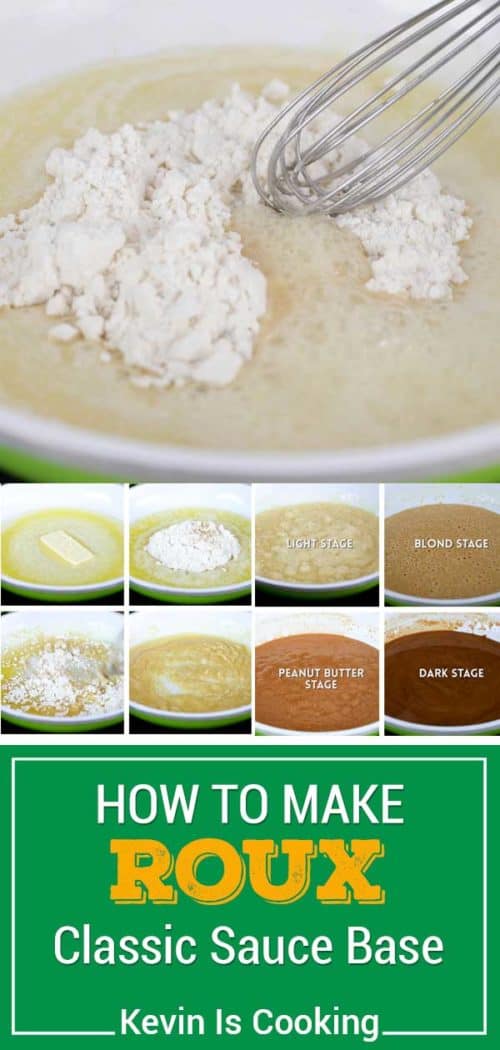
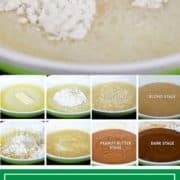

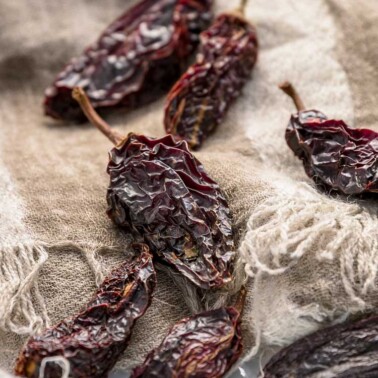
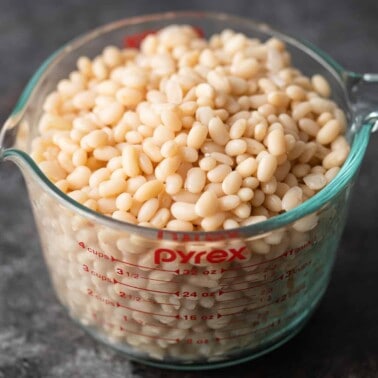
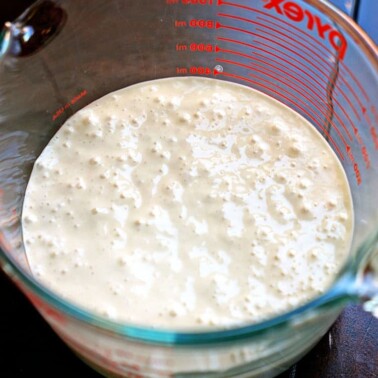
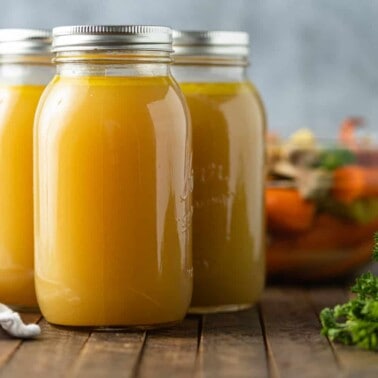












Do you mean add a cold liquid to the rue and then add it to a low simmering sauce? Confused.
Sendada her eis an explanation for you: How to Avoid Lumps – To prevent lumps, the rule is to always whisk a cold liquid (milk, chicken stock, wine, etc.) into the hot roux. It is also important to add the liquid slowly! If using a cold roux that you have on hand straight from the refrigerator, whisk it into hot liquids (chicken, beef or vegetable stocks).
Lumps are more likely to form if both the roux and the liquid are the same temperature. Lumps do not make for a smooth sauce!
I consider roux an essential thickener! Thank you for the great tips on getting it perfect every time!
Yes! Thank you Marissa!
Thanks Kevin! My mom always made a roux on Thanksgiving for her creamed onions and I’ve tried to duplicate by memory. Now your recipe shows just what to do! I love the idea of using bacon fat which I plan on trying this morning. Stay healthy!
I am so glad you came across my recipe! Thank you!
Perfect !
Thanks Pam!
where can i buy roux flour please ?
Just use regular all-purpose flour.